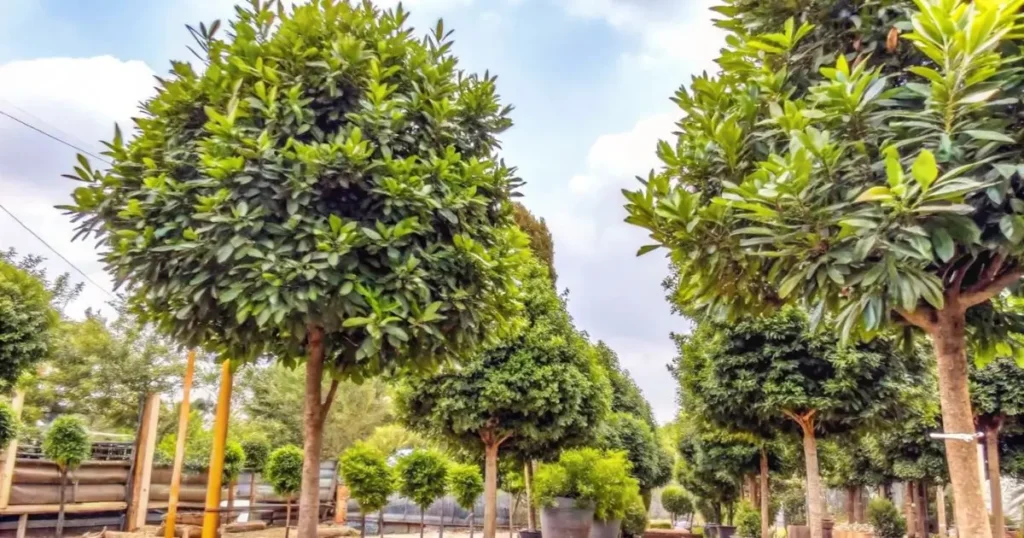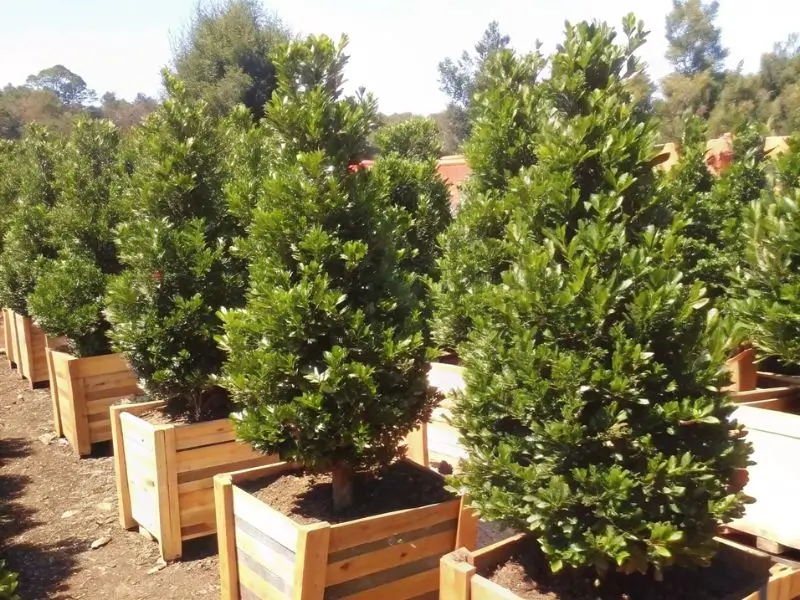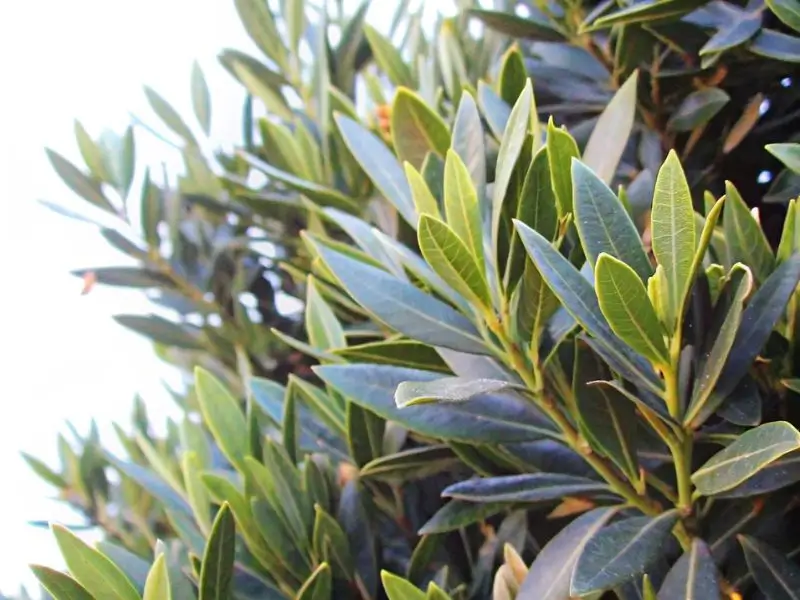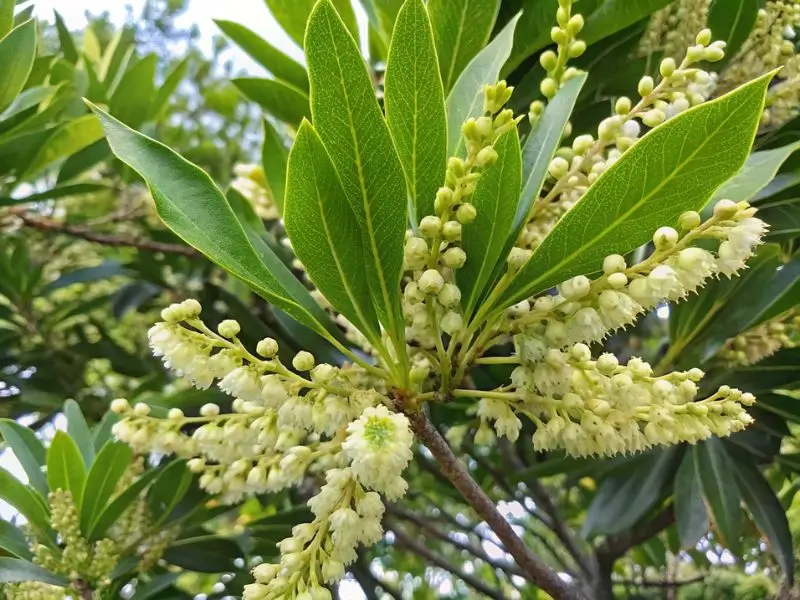
Many gardening enthusiasts are eager to learn if Do Japanese blueberry trees grow fast? or follow a more measured pace. In this blog, we’ll walk through their growth characteristics, ideal conditions, planting tips, maintenance routines, pest concerns, and aesthetic benefits. We’ll also tackle common questions and highlight simple strategies for getting the most out of these evergreens. By the end, you’ll have a solid grasp on these elegant trees and how they fit into your garden plans.
Table of Contents
Understanding Japanese Blueberry Trees
What Are Japanese Blueberry Trees?
I first saw the Japanese blueberry tree—Elaeocarpus decipiens—while strolling through a local nursery, mistaking them for tall hollies. But the faint bluish-tinged fruits revealed their true identity, prompting me to ask, “Do Japanese blueberry trees grow fast?” Often labeled as “Japanese blueberry shrubs” when smaller, they can become handsome statement pieces with consistent care, forming a refined, evergreen canopy that remains lush year-round and stands apart from many deciduous varieties.
Key Characteristics
- Glossy, deep-green leaves staying evergreen year-round
- Subtle, bluish fruits (non-edible) appearing during the growing season
- Upright, symmetrical growth ideal for formal or contemporary yards
- Tolerant of moderate cold but happiest in mild climates
The Origin and Botanical Background
Japanese blueberry trees traditionally originate from subtropical regions of Asia. They’ve become staples in warm coastal areas worldwide, admired for their resilience and polished look.
Whenever gardeners see them, the question arises again: Do Japanese blueberry trees grow fast? The short answer is they do grow at a measured rate, especially if placed in mild climates without extreme cold. In essence, think of them as elegant, upright evergreens that progress steadily when nurtured well.
Growth Characteristics: Do Japanese blueberry trees grow fast?
Typical Growth Rate and Size
Every time someone asks, “Do Japanese blueberry trees grow fast?” I emphasize that they’re moderate growers. You might see about one to two feet of vertical growth per year, especially under sunny, well-fed conditions. Over several seasons, a healthy specimen can reach anywhere between 20 and 40 feet tall, with branches spreading 10 to 20 feet wide.
I’ve witnessed some trees bolt up quicker—closer to the two-foot range—when given prime conditions right from the start. It all boils down to soil type, irrigation habits, and the amount of sunlight they receive. If you’re looking for a tree that rockets skyward, you may be disappointed, but if you’re aiming for steady growth with fewer maintenance hassles, you’ll likely be pleased.
Growth Facts in Brief
- Average growth: ~1–2 feet per year
- Mature height: Typically 30–40 feet (slightly less in cooler climates)
- Mature width: Around 10–20 feet
- Evergreen nature: Leaves remain mostly intact year-round
Factors That Influence Faster Growth
I’ve found that bright, direct sunlight for at least six hours a day encourages a stronger trunk and healthier foliage.
Additionally, slow-release fertilizer helps boost growth, as does consistent watering (avoiding soggy soil). Curious gardeners keep asking, Do Japanese blueberry trees grow fast? Under these prime conditions, they lean more toward the “fast” side of moderate growth.
Ideal Growing Conditions for Rapid Development

Soil Requirements and pH Levels
Early on, I planted my first Japanese blueberry tree in thick, clay-heavy soil. Unsurprisingly, this gave me problems—roots couldn’t breathe, and water sat around. Eventually, I learned that these ornamental evergreens prefer well-draining, loamy ground. Good drainage and a pH of around 6.0–7.5 support robust root system establishment.
Now, no matter how many times individuals ask me, “Do Japanese blueberry trees grow fast?”, I explain that proper soil is key. Without the right conditions, they slow down considerably. Use compost for extra air pockets and a gradual release of nutrients.
- Test pH with a basic home kit.
- Loosen packed earth using compost or sand.
- Mulch to conserve moisture but don’t bury the trunk.
Sunlight and Temperature Needs
If you’re in a region with mild winters, expect some consistent growth each year. But keep in mind: Do Japanese blueberry trees grow fast?—only if there’s enough sun. In my experience, they appreciate at least six hours of direct light a day.
- Sunlight: Provide 6+ hours
- Temperature: Zones 8 to 11 are generally safe
- Wind: Shelter them if stiff breezes are common
Proper Planting Techniques and Initial Care
Transplanting Young Japanese Blueberry Shrubs
When I arrive home with a fresh container-grown Japanese blueberry shrub, I let it rest in partial shade for a day before planting. Once it’s ready, I dig a hole about twice as wide as the root ball—this ensures the roots can spread easily. I position the shrub with its root ball level to the surrounding soil, then fill in the hole using a blend of native earth and compost. This early stage is crucial for those who ask, “Do Japanese blueberry trees grow fast?”, because how you plant them influences how quickly they adapt.
Before firming the soil, I water to eliminate air pockets, then top with mulch around the base. As for the discussion on overall tidiness, you might wonder, Are Japanese blueberry trees messy?
While minimal leaf or fruit drop can occur, these evergreen trees generally aren’t as messy as many fruit bearers, making them a popular choice for neat landscapes.
My Quick Planting Steps
- Dig wide, not too deep
- Level the root ball with the soil surface
- Fill gaps and gently tamp down
- Water thoroughly and apply mulch
Watering Schedules and Mulching Tips
For the first four to six weeks, I water deeply two or three times a week. Proper watering early on helps answer the question, “Do Japanese blueberry trees grow fast?” because it sets them up for success. After the initial phase, just water once or twice weekly if there’s less rainfall. Also, keep mulch a couple of inches away from the trunk to avoid rot.
Maintenance Routines for Fast Growth

Pruning Strategy for Optimal Shape
I treat pruning as a gentle shaping method rather than an aggressive tactic. By trimming in late winter or early spring, you remove crossing or dead limbs, allowing the interior to receive more sunlight. And since many people ask, Do Japanese blueberry trees grow fast?, a well-pruned canopy can indeed support better airflow and encourage stable growth.
To check if you’re in the right climate range, see the USDA Plant Hardiness Zone Map
for temperature guidelines.
Pruning Perks
- Better airflow through the canopy
- Less chance of hidden fungal issues
- Encourages a tidier, stronger shape
Fertilization and Nutrient Management
It’s hard to discuss whether Do Japanese blueberry trees grow fast? without mentioning fertilization. A slow-release fertilizer (e.g., 10-10-10 or 14-14-14) once or twice yearly can help nudge growth velocity. Balanced feeding ensures they get sufficient nitrogen, phosphorus, and potassium. I’m partial to organic inputs like compost tea, but don’t over-apply. Overfeeding can prompt spindly, pest-prone branches—defeating the purpose of a healthy, graceful tree.
Common Pests and Diseases
Identifying Potential Threats
When folks wonder, “Do Japanese blueberry trees grow fast?” they often think only about care routines, but keeping pests in check is part of the puzzle. Aphids, scale insects, and mealybugs occasionally show up. You might notice sticky honeydew, which signals an infestation.
Diseases primarily revolve around root rot or leaf spot. Overwatering or poor drainage can open the door to fungi. Monitor leaves for yellowing or suspicious spots, especially in humid climates.
Warning Signs
- Sooty mold trails or odd bumps on branches
- Soft, dark areas near the trunk
- Excessive leaf drop or curled foliage
Organic and Chemical Control Methods
I stick with organic sprays like neem oil or insecticidal soaps first. Spot treat early infestations before they spread. If you see a persistent problem, chemical pesticides may be necessary—but focus on targeted application rather than a broad, yard-wide approach. Questions about Do Japanese blueberry trees grow fast? often ignore pest control, yet controlling these invaders is crucial for robust growth. Healthy trees inevitably grow more steadily.
- Preventive Tip: Keep soil from becoming waterlogged.
- Prune: Cut off heavily infested limbs right away.
Landscaping Uses and Aesthetic Value
Designing Gardens with Japanese Blueberry Trees
Landscapers praise these trees for the year-round greenery they bring to the yard. Because so many folks ask, “Do Japanese blueberry trees grow fast?”, I encourage them to think about long-term design. Over time, they fill out beautifully, offering shade, privacy, or even a stately backdrop for flower beds.
Plant a row of them if you prefer a fence-like effect, spacing each tree about 8–10 feet apart. Alternatively, position a single one as a dramatic focal point in a small yard. The glossy, dark leaves also serve as a wonderful contrast against brighter flowers or lighter shrubs.
Popular Placement Ideas
- Flanking a driveway to create symmetry
- Corner anchors on your property line
- Hedges for partial privacy
Companion Plants and Visual Appeal
If you enjoy layering, pair them with bold annuals like petunias or marigolds at the base. Taller ornamental grasses, such as fountain grass, also heighten visual variety. With the patience it takes to watch them bloom, I swear you’ll get repeated questions from passersby—“Do Japanese blueberry trees grow fast? They look so lush!” That consistent green canopy provides a backdrop for everything else in your landscape design.
Comparing Japanese Blueberry Trees to Other Fast-Growing Ornamentals

Similarities and Differences with Other Species
When someone ponders, “Do Japanese blueberry trees grow fast?,” they often compare them to crape myrtles or magnolias. The difference is that crape myrtles show off big-time blooms but go dormant in winter. Magnolias can be a bit slower or moderate, depending on the variety, and they’re more noted for their flowers than for an evergreen canopy.
- Japanese Blueberry: Evergreen, moderate pace, subtle fruits
- Crape Myrtle: Faster pace, vibrant blooms, deciduous
- Magnolia: Showy flowers, can be slower, partial or full leaf drop
- Leyland Cypress: Rapid growth, might outgrow small yards quickly
Why Choose Japanese Blueberry Trees?
For me, it’s a no-brainer if you value an evergreen presence without the explosive height that some ornamental conifers produce. Do Japanese blueberry trees grow fast? Kind of in-between. They maintain a look of understated elegance, perfect for steady growth rather than wild expansion.
Throughout the year, they remain an eye-catching element, even when neighboring plants have lost their leaves or look bedraggled in cold snaps.
Frequently Asked Questions
How tall do Japanese blueberry trees grow?
They typically reach 30 to 40 feet, although excellent care can yield taller specimens. People often wonder, “Do Japanese blueberry trees grow fast?” They progress at a moderate rate under optimal conditions.
Are Japanese blueberry trees messy?
They produce only small fruits and shed leaves moderately. A quick raking schedule keeps the area tidy, especially compared to other fruiting species.
Can Japanese blueberry shrubs tolerate frost?
They handle light frosts but struggle with prolonged freezing weather. Mulch and frost cloth help insulate the root zone if severe cold hits.
Do Japanese blueberry trees require frequent pruning for growth?
Not usually. An annual or biannual pruning is enough to remove dead wood and shape them. Heavy pruning won’t force faster height but may keep the canopy healthy.
What is the best fertilizer for Japanese blueberry trees?
Use a slow-release fertilizer formulated for evergreens. Younger trees or container-grown specimens benefit most from consistent feeding.
Conclusion: Maximizing the Growth Speed of Japanese Blueberry Trees
Recap of Key Tips for Fast Growth
When people ask outright, “Do Japanese blueberry trees grow fast?” my response is always: yes, if you’re consistent with watering, sunlight, drainage, fertilizer, and occasional pruning. They’re moderate growers by nature, but checking all these boxes can make that rate noticeably more vigorous.Short bullet summary of do’s:
- Plant in well-draining soil
- Water deeply but avoid sogginess
- Use a slow-release fertilizer 1–2 times a year
- Prune gently each spring or late winter
- Watch for insects like aphids or scale, removing them early
Closing Remarks on Long-Term Care
In nurturing a Japanese blueberry tree, you’ll want to water it regularly, ensure it’s well-fed, and occasionally trim any branches. Over time, these efforts cultivate a healthy evergreen canopy that remains attractive year-round. Growth may be gradual, but consistent attention yields a resilient, lovely accent in your outdoor garden. Keep an eye on soil drainage, adapt to climate changes, and tackle pests early for a thriving tree season after season.
